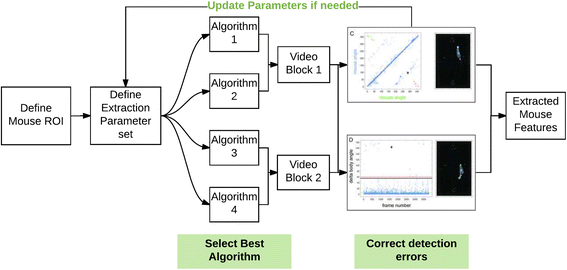Knowing where the nose is
- PMID: 28506236
- PMCID: PMC5432980
- DOI: 10.1186/s12915-017-0382-6
Knowing where the nose is
Abstract
Improvements in imaging technology and the development of powerful machine learning algorithms are revolutionizing the study of animal behavior in the laboratory. These innovations promise to reveal both global and local features of action relevant to understanding how the brain functions. A study in BMC Biology describes one such tool called OptiMouse, which is an open source platform that uses video to capture key features of mouse behavior, including information relevant to olfactory investigation.See research article: 10.1186/s12915-017-0377-3.
Figures


Comment on
-
OptiMouse: a comprehensive open source program for reliable detection and analysis of mouse body and nose positions.BMC Biol. 2017 May 15;15(1):41. doi: 10.1186/s12915-017-0377-3. BMC Biol. 2017. PMID: 28506280 Free PMC article.
References
-
- Crawley JN. What’s wrong with my mouse? Hoboken: Wiley; 2007.
-
- Skinner BF. The experimental analysis of behavior. Am Sci. 1957;45:343–71.
Publication types
MeSH terms
LinkOut - more resources
Full Text Sources
Other Literature Sources

